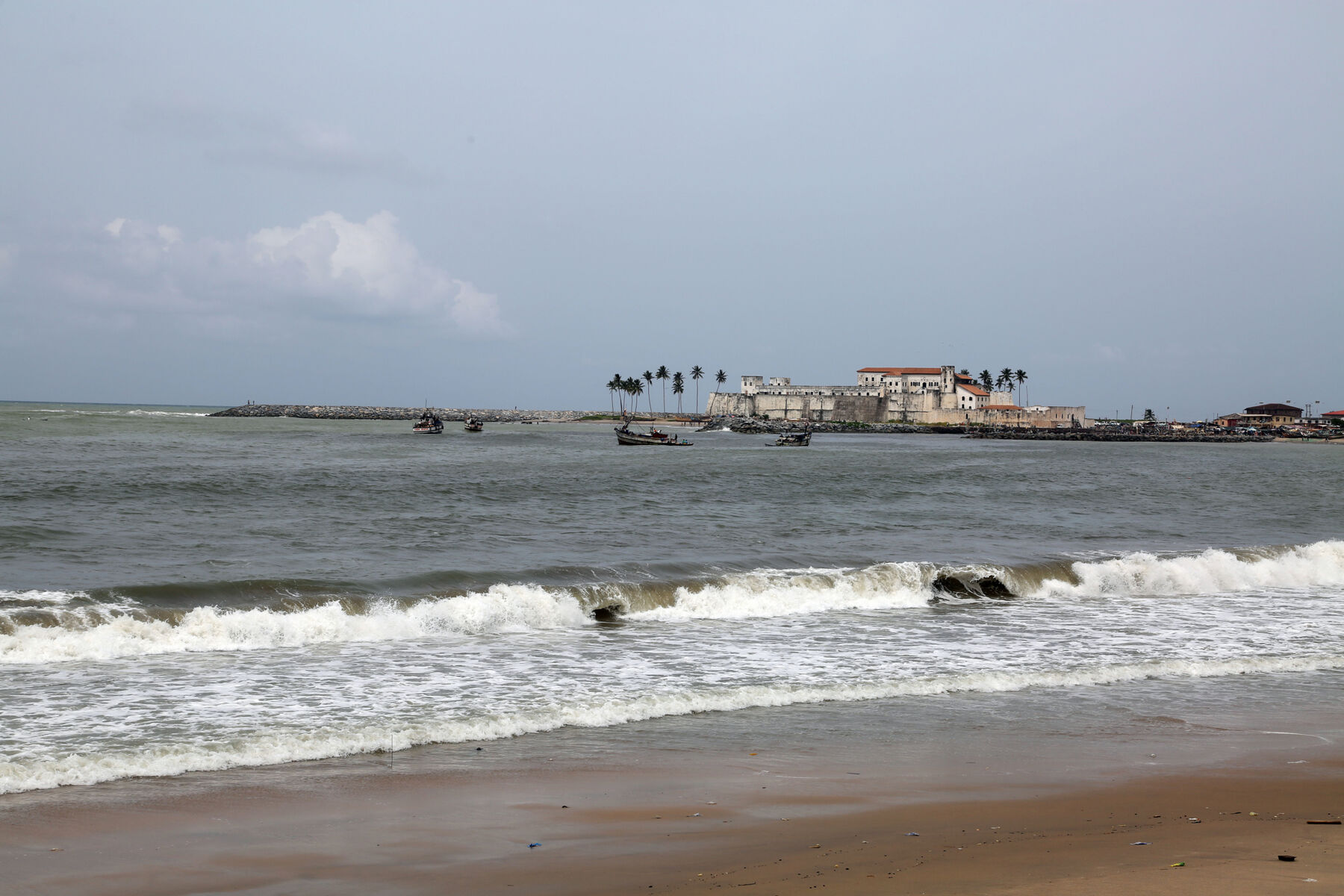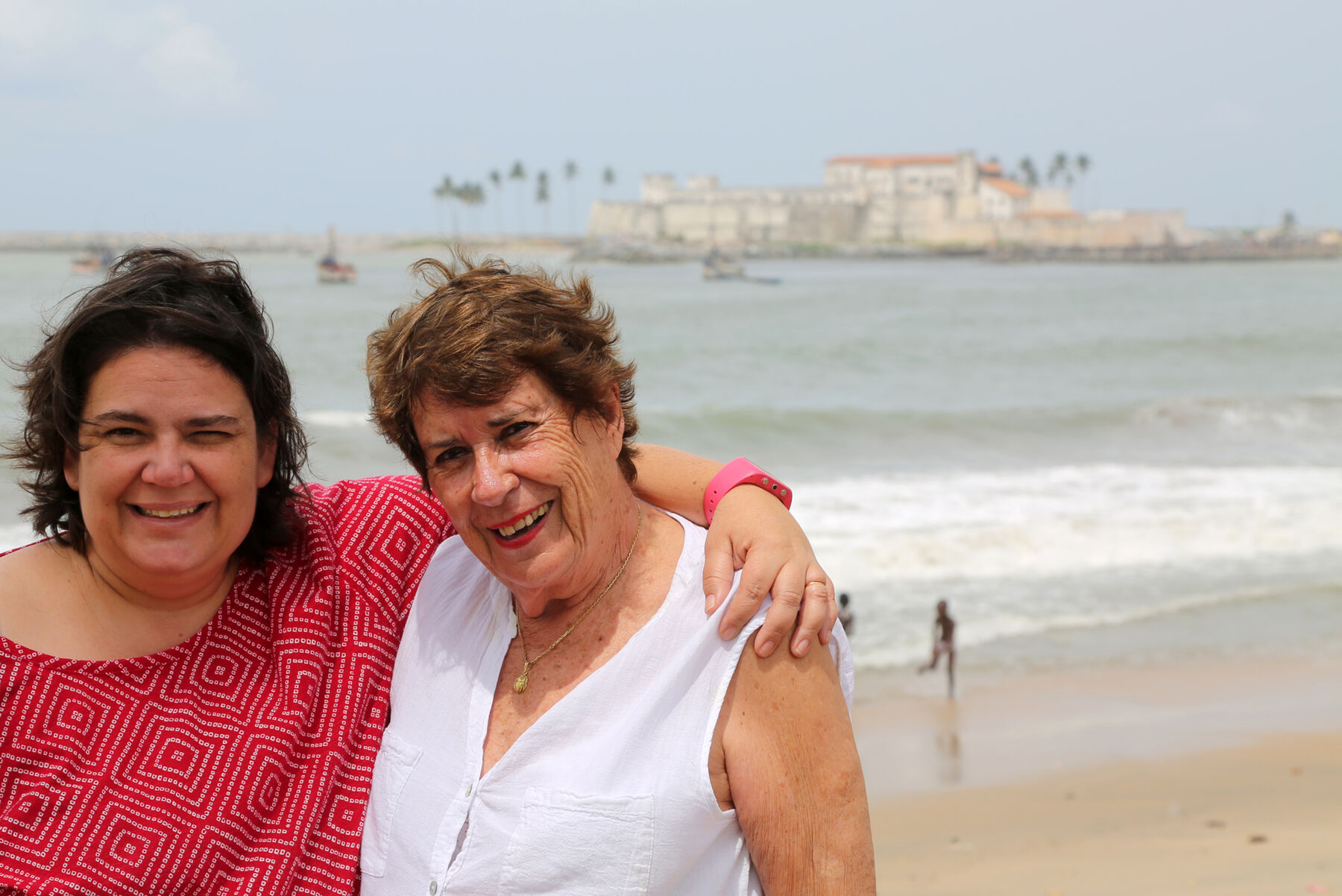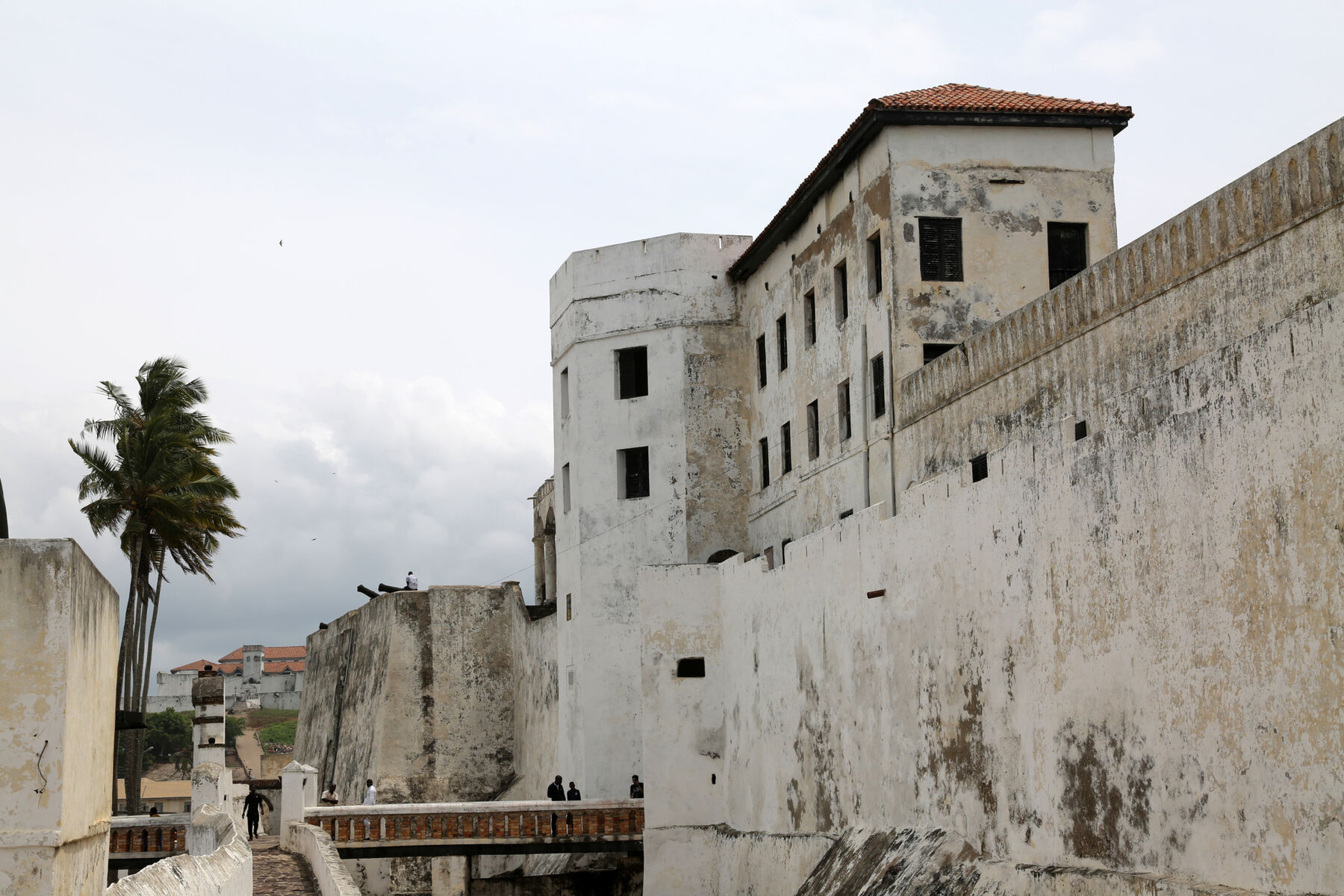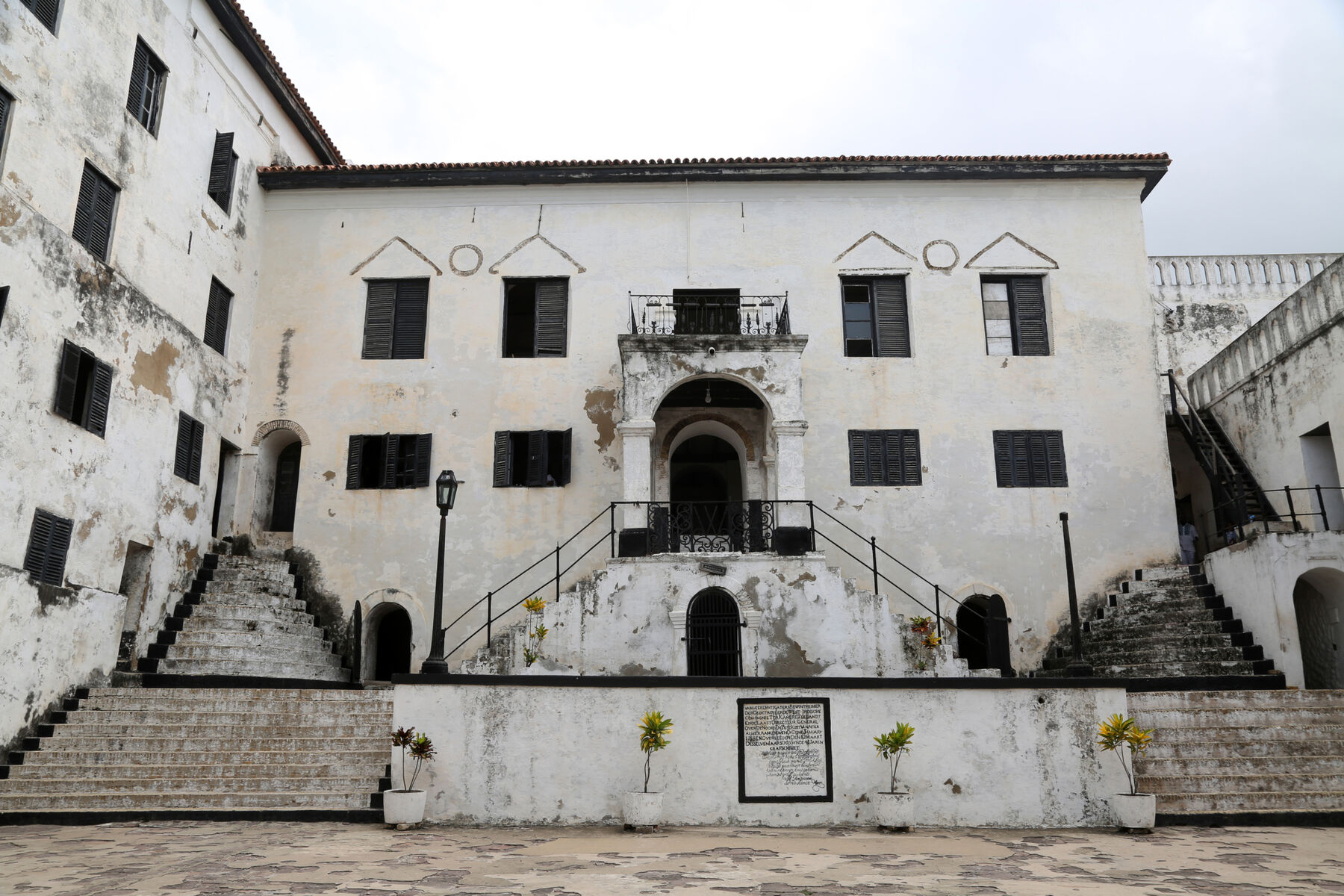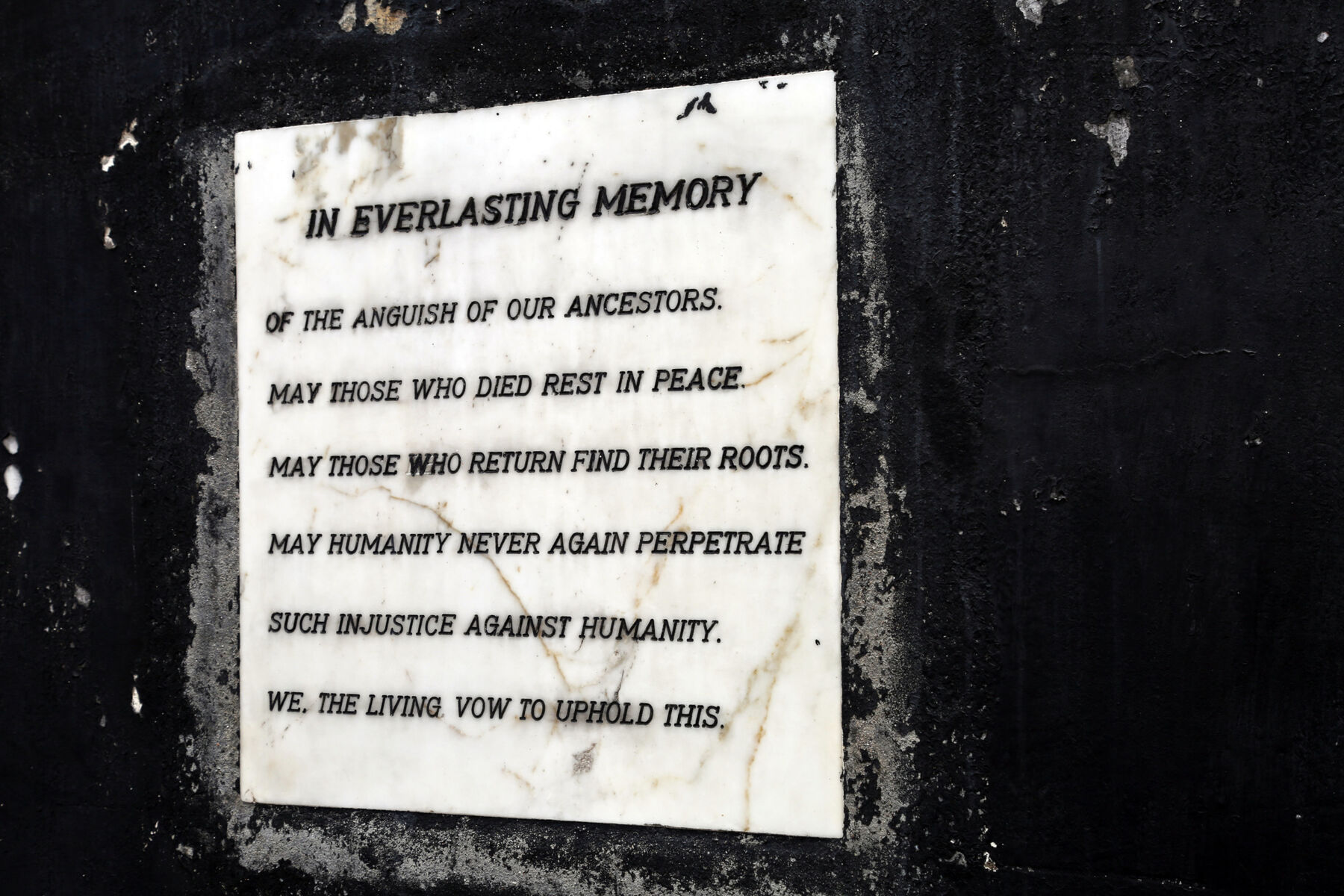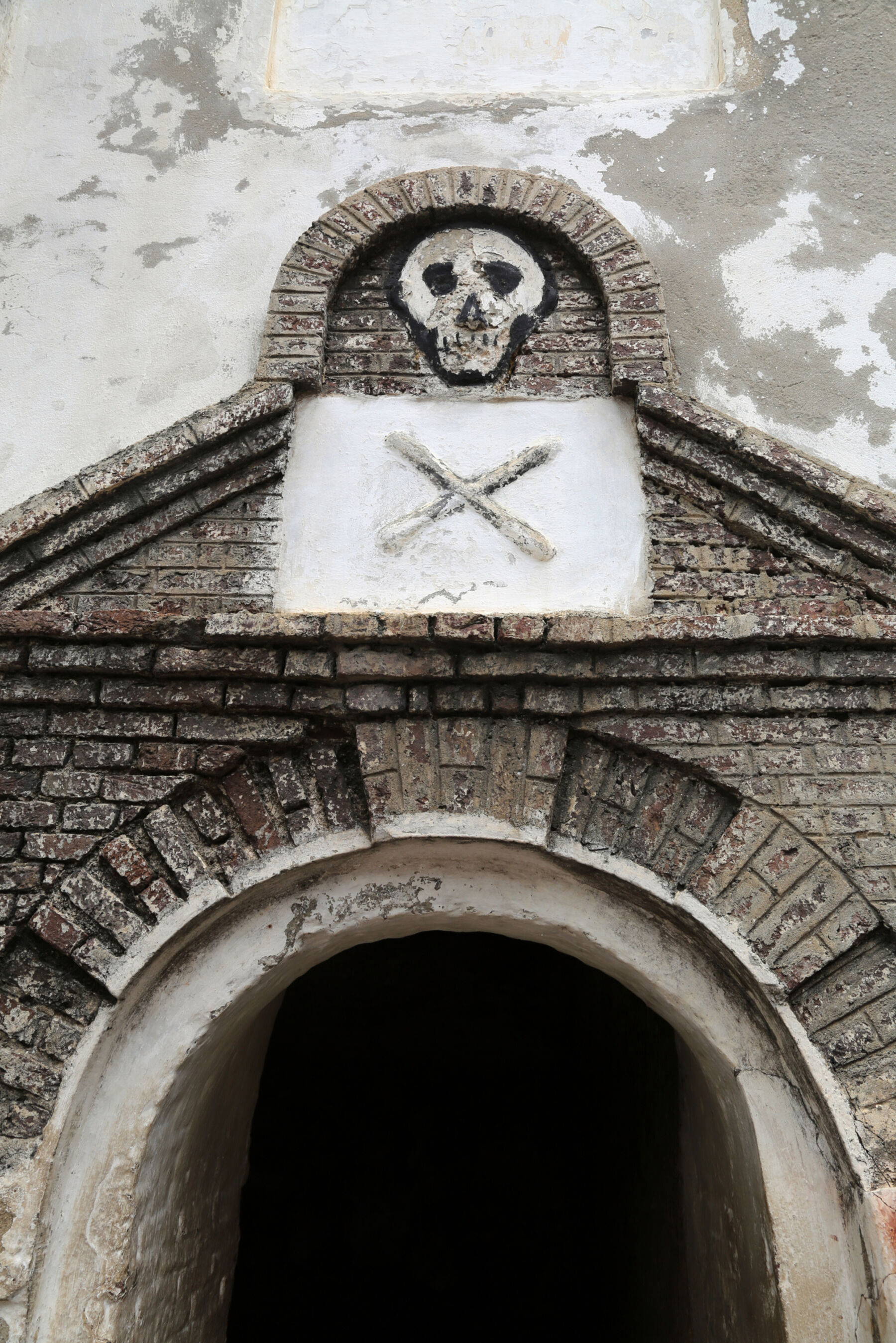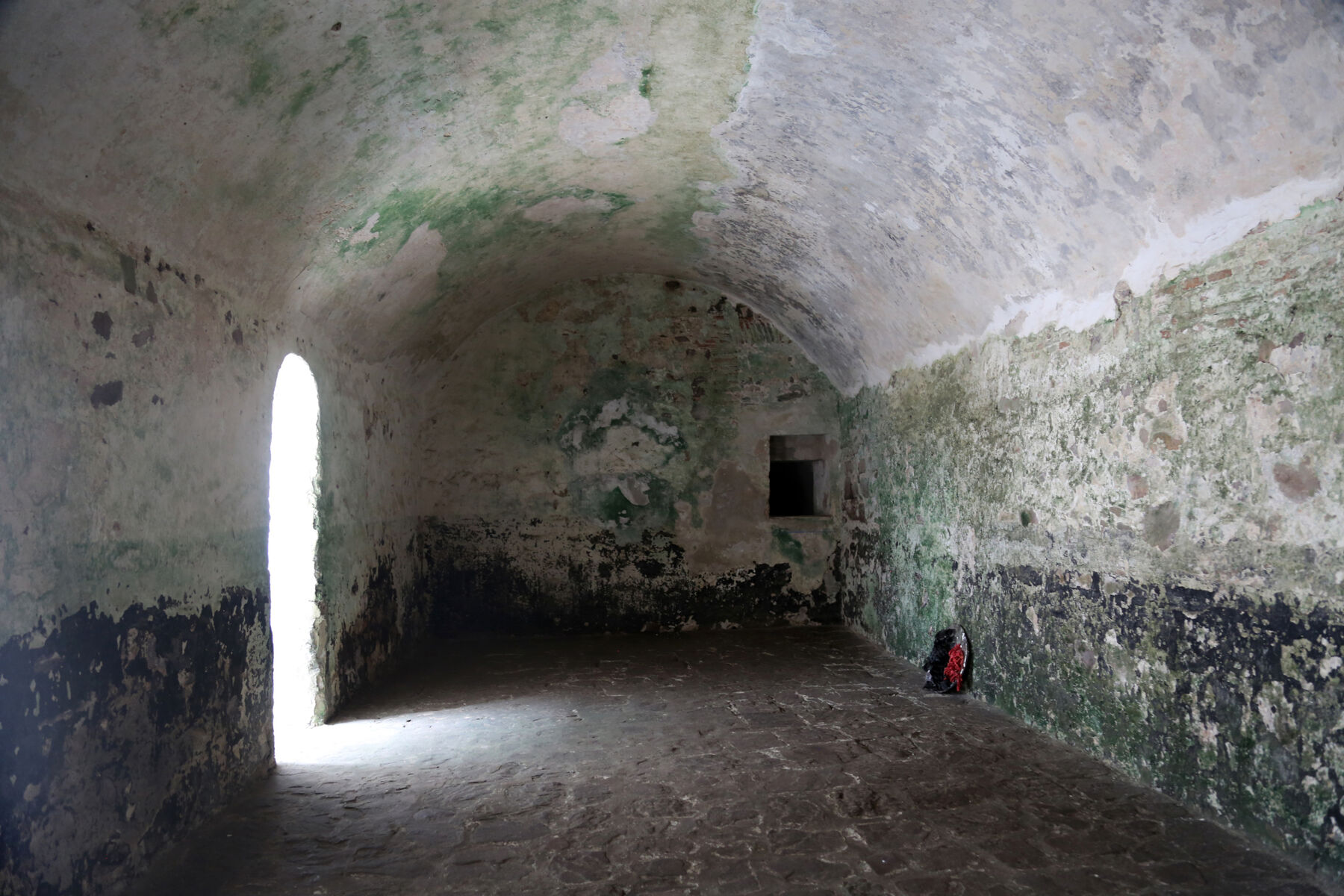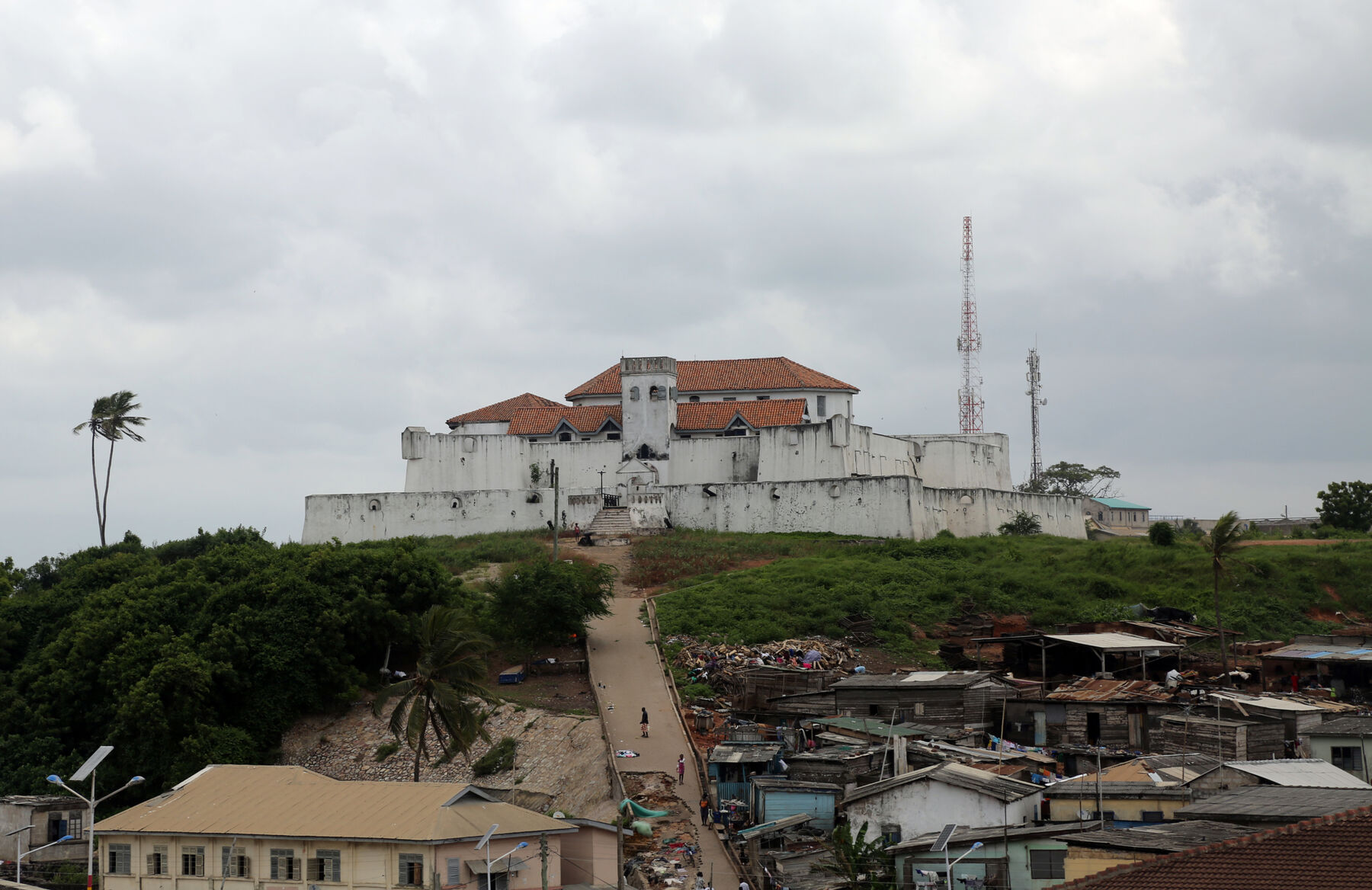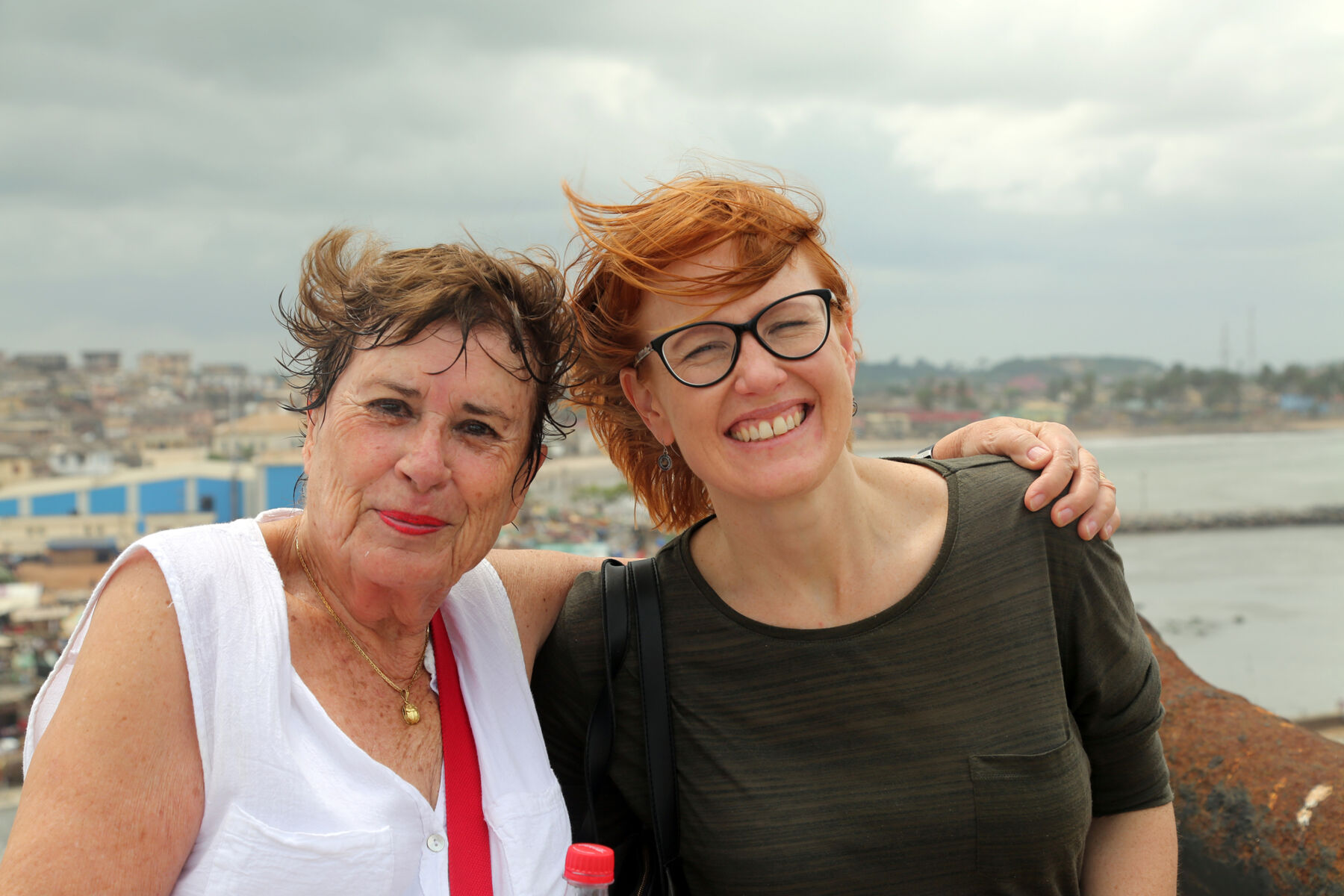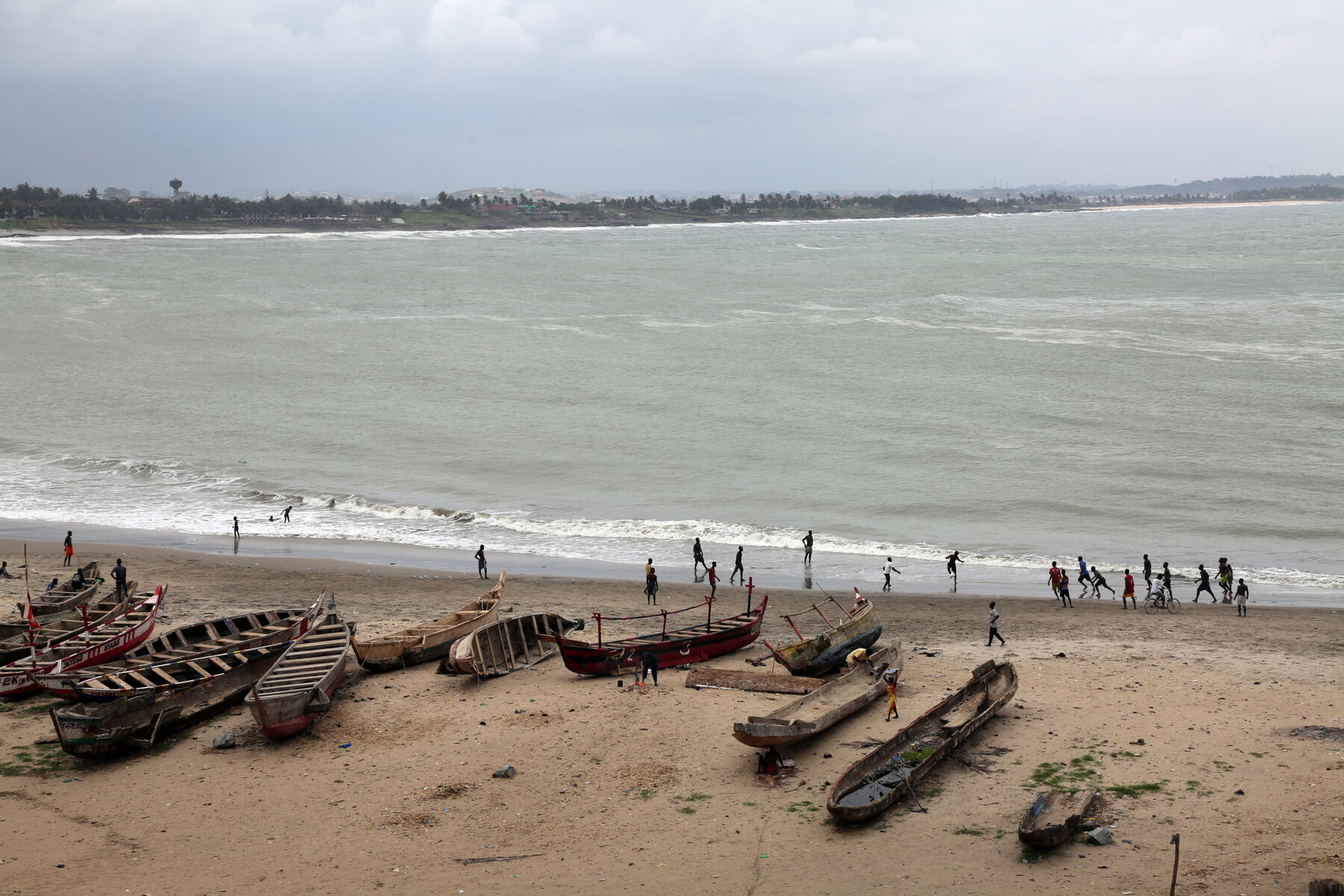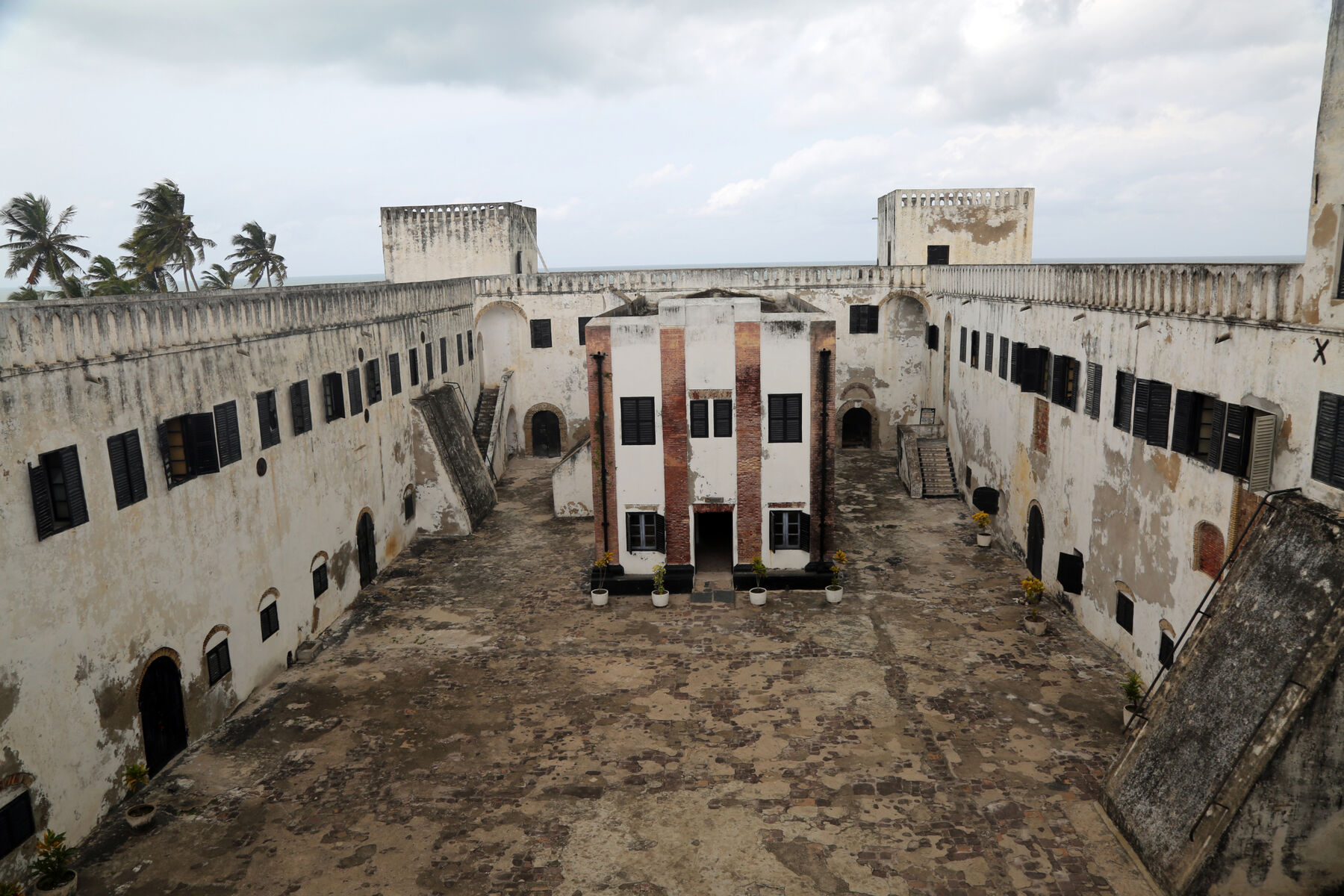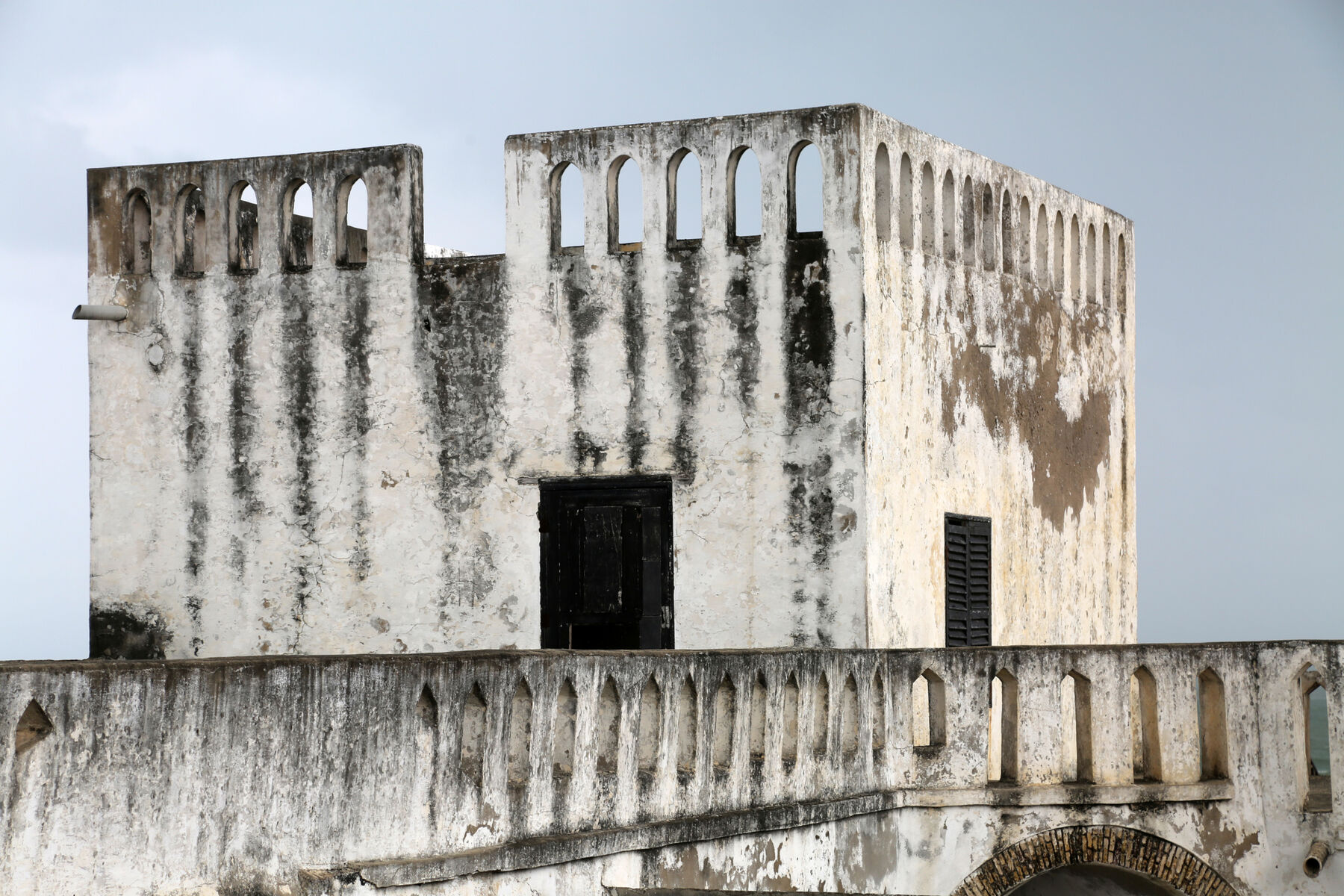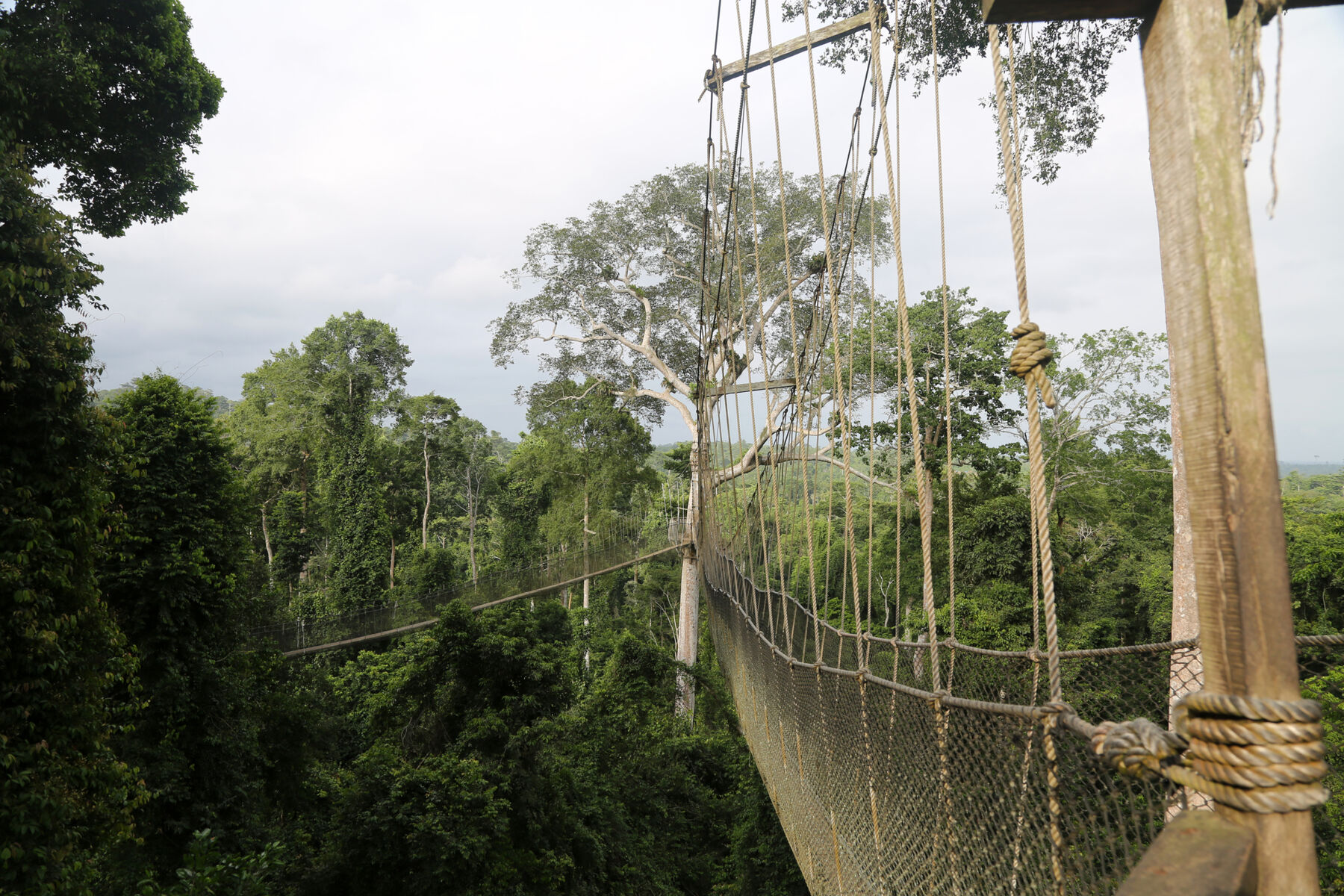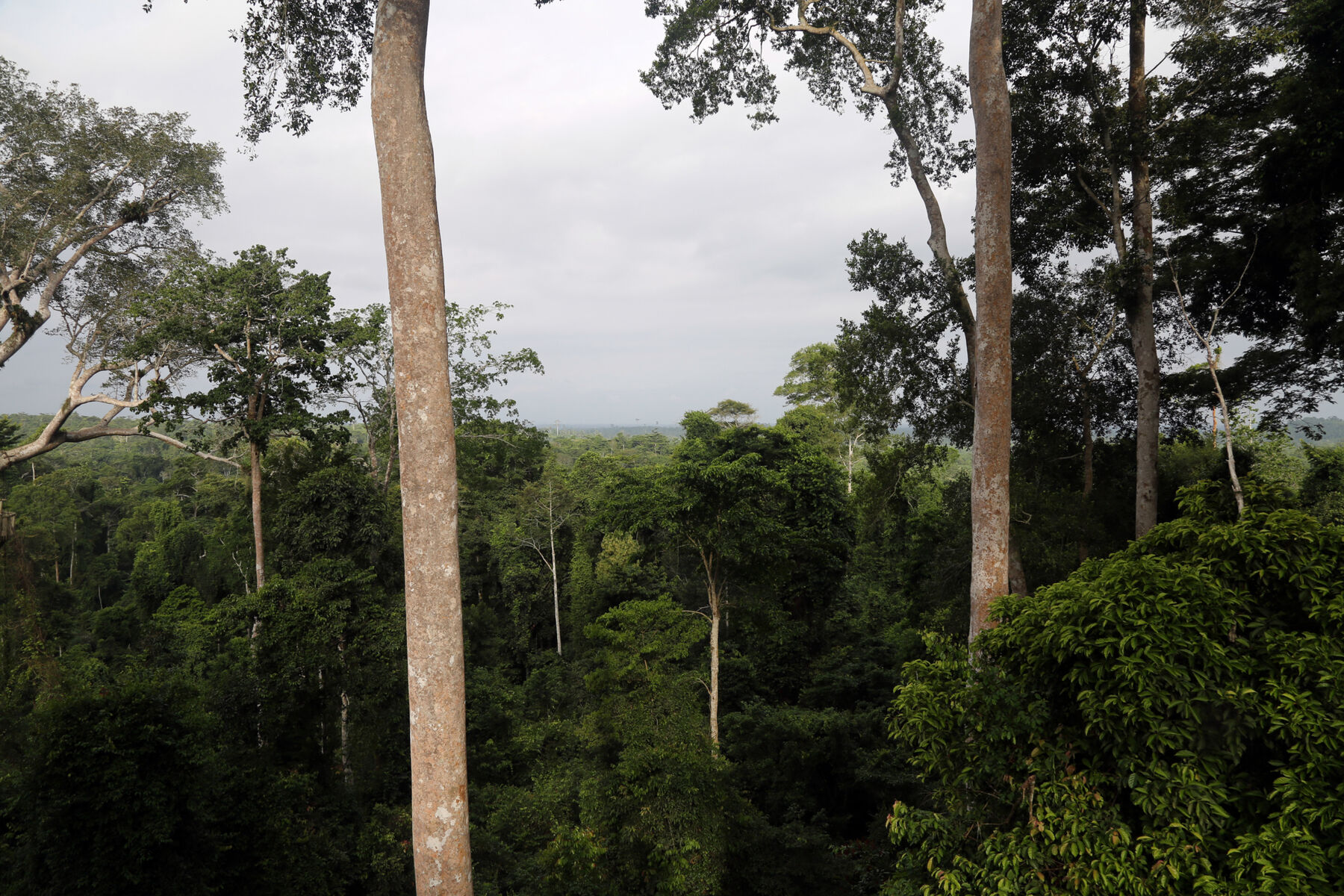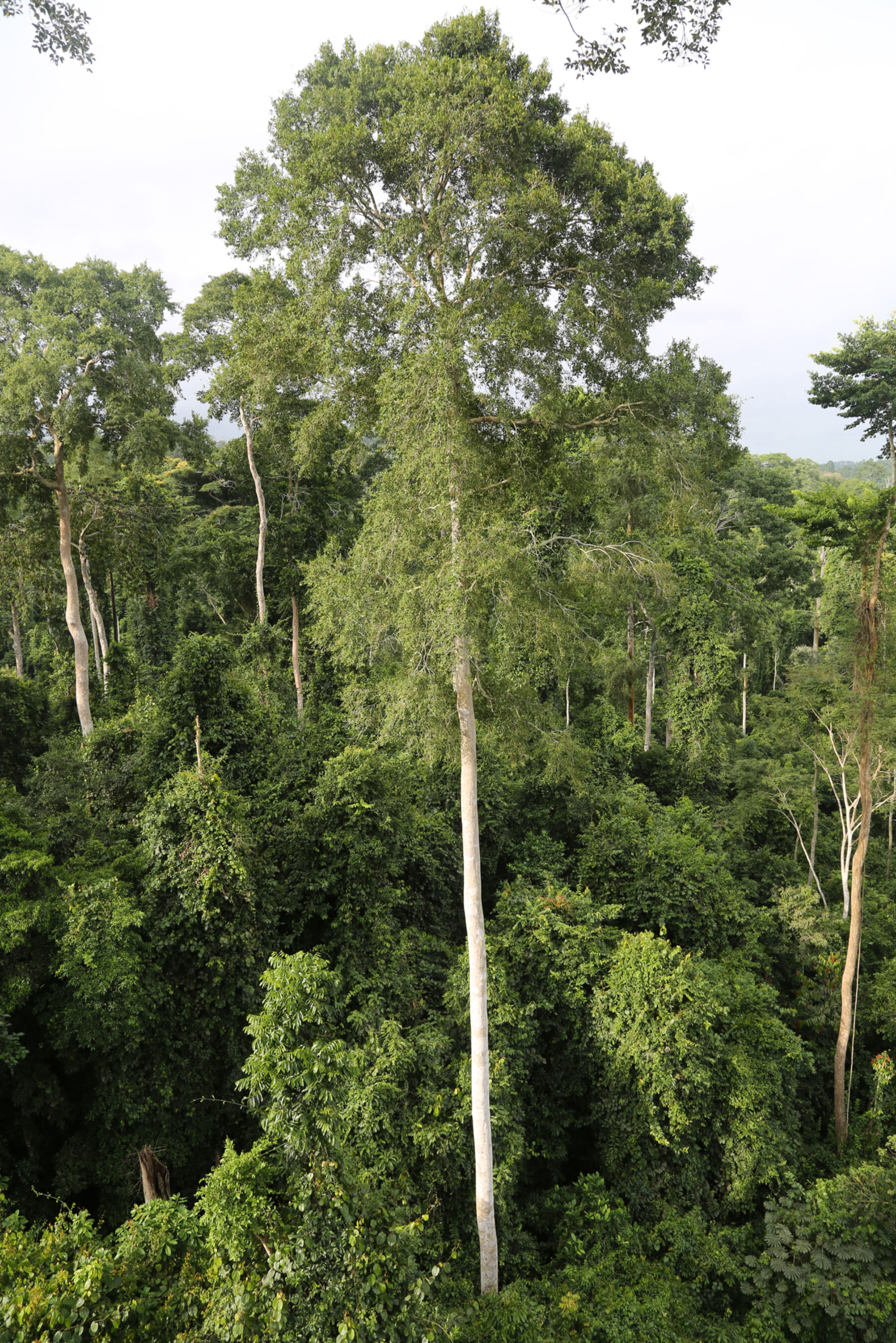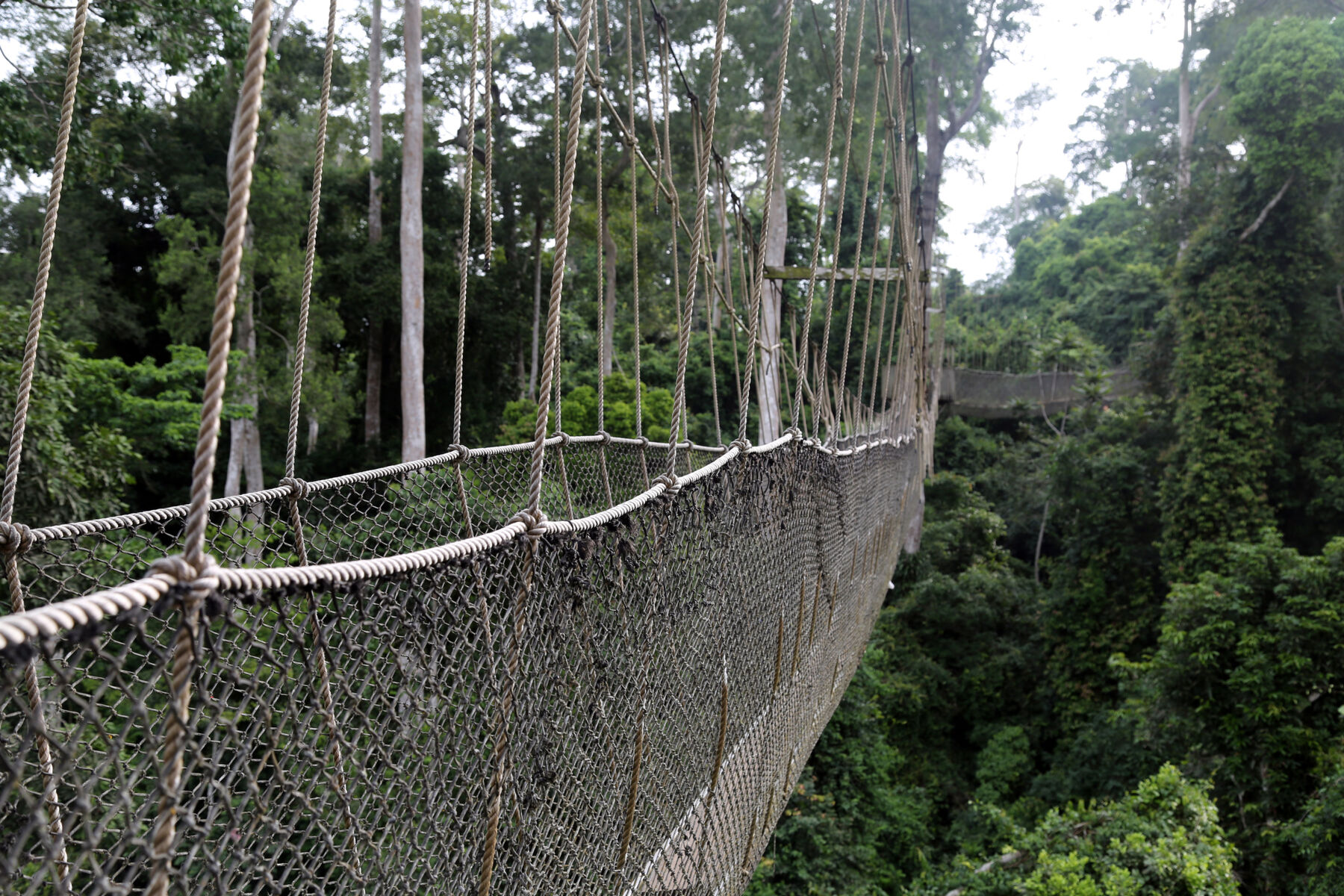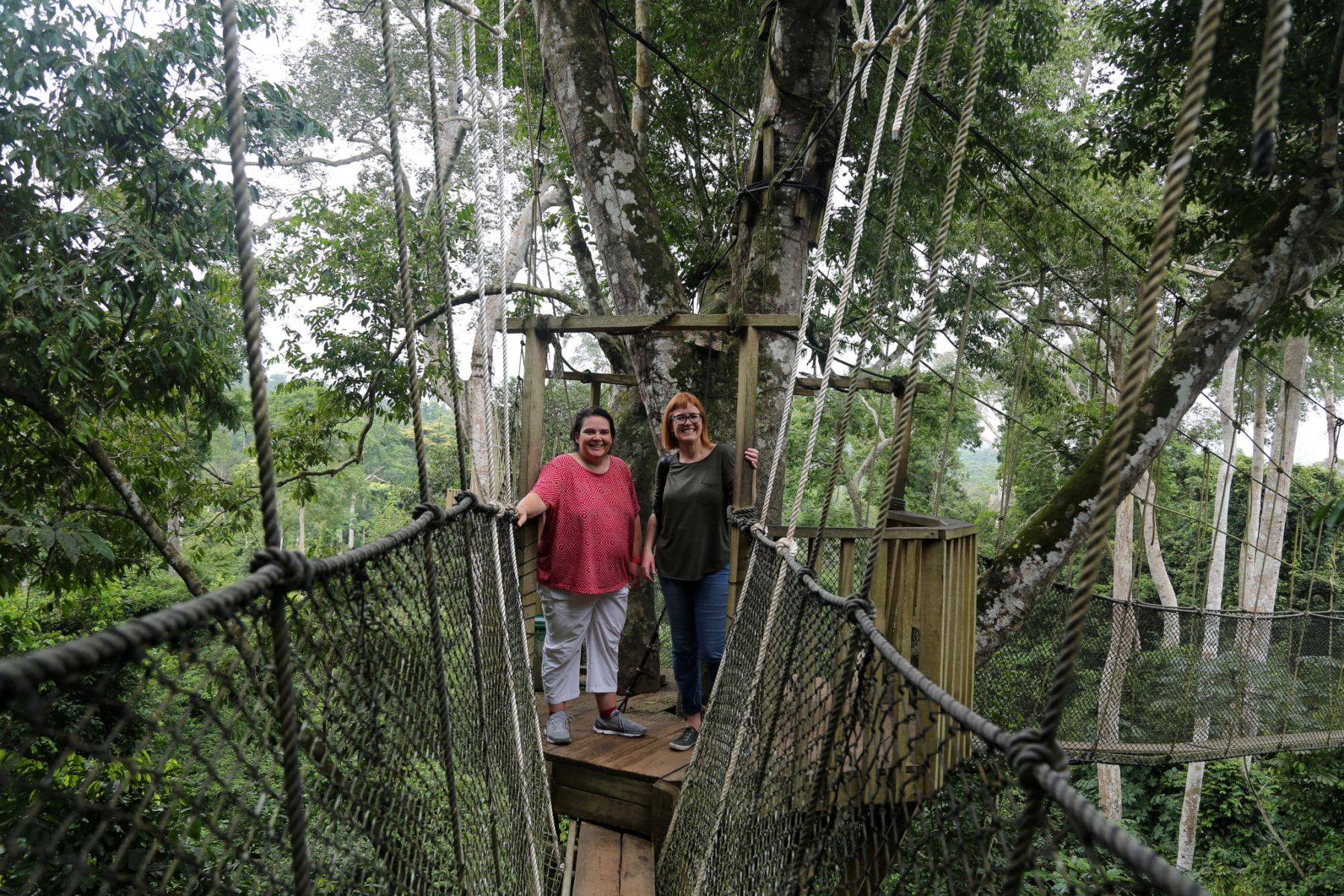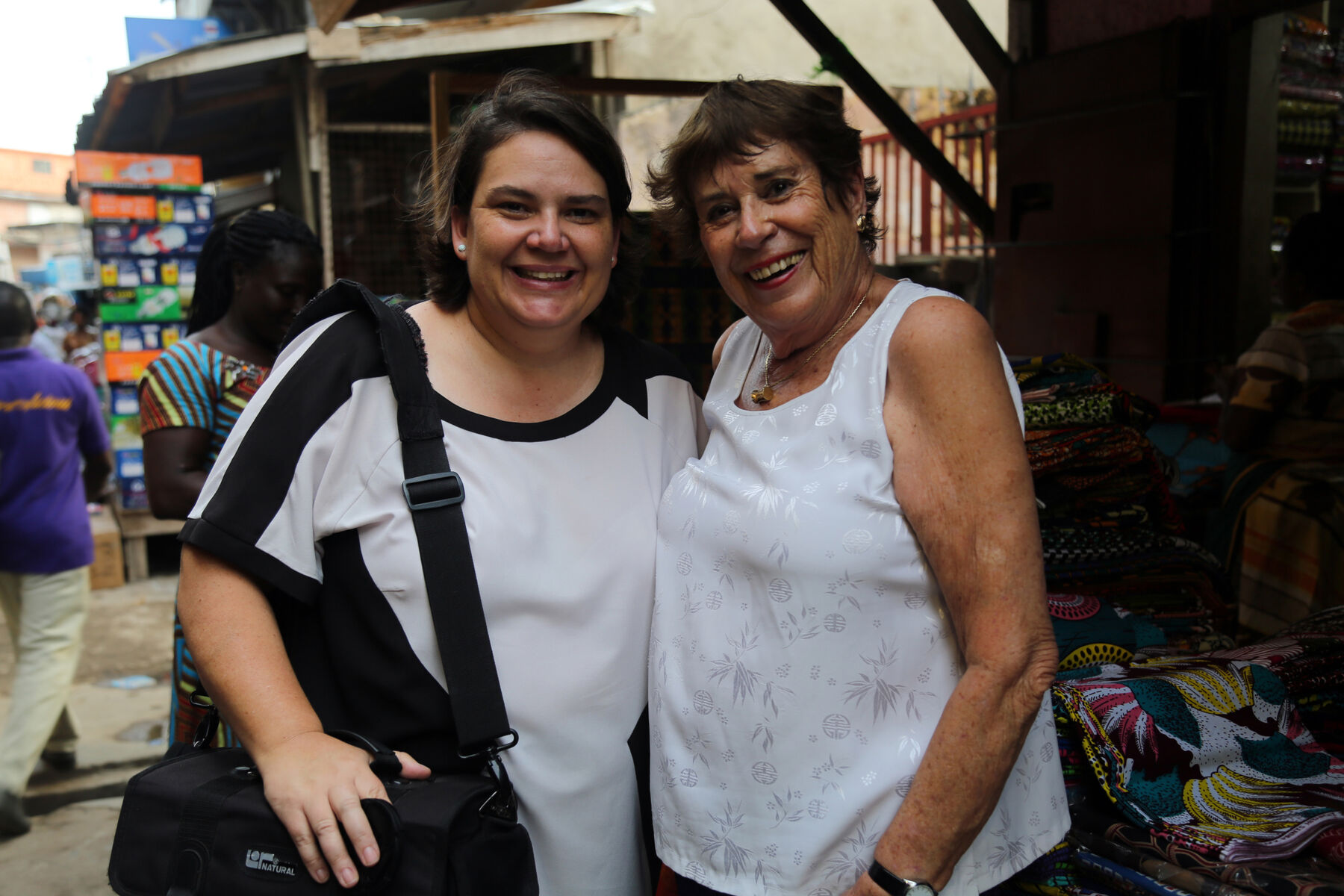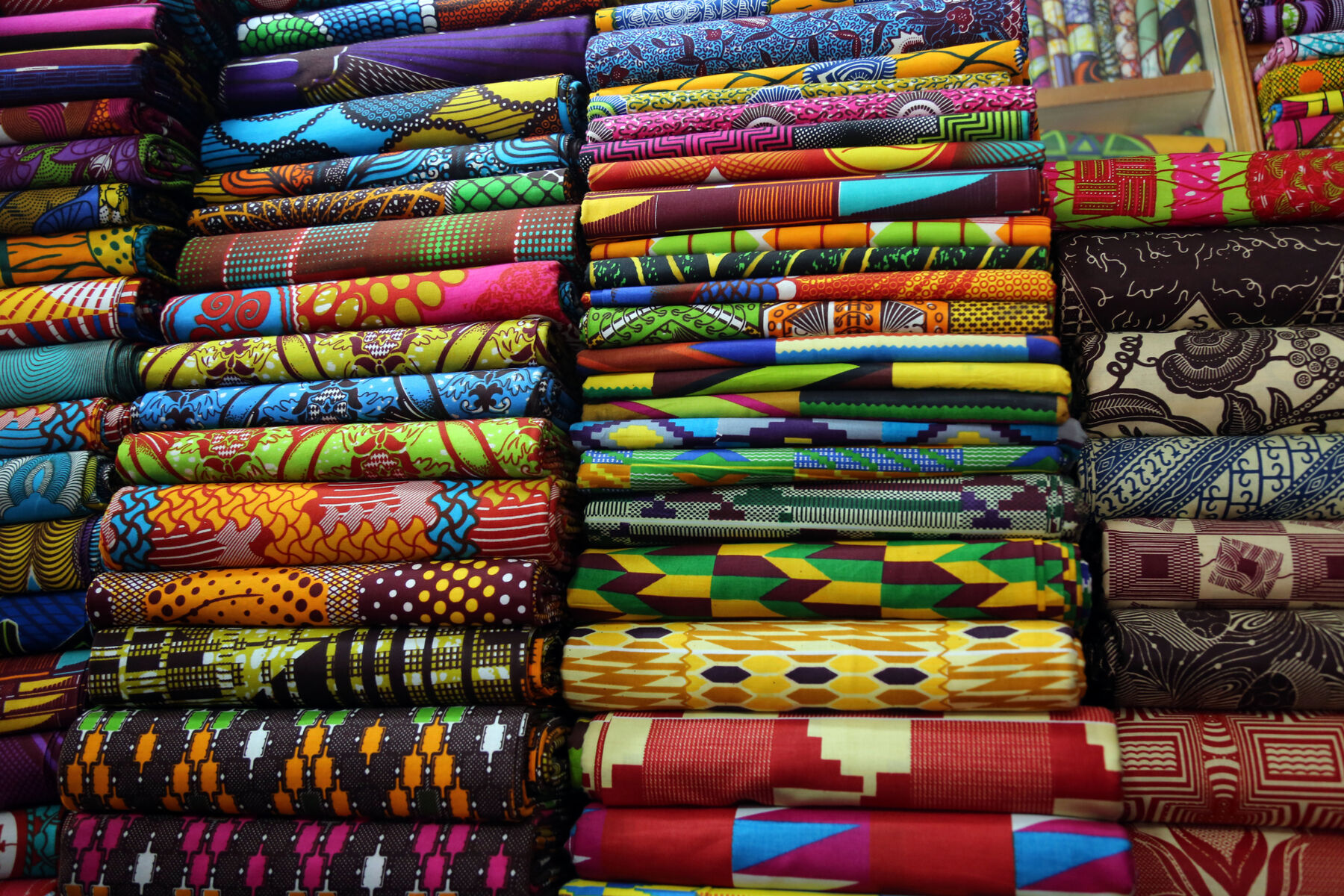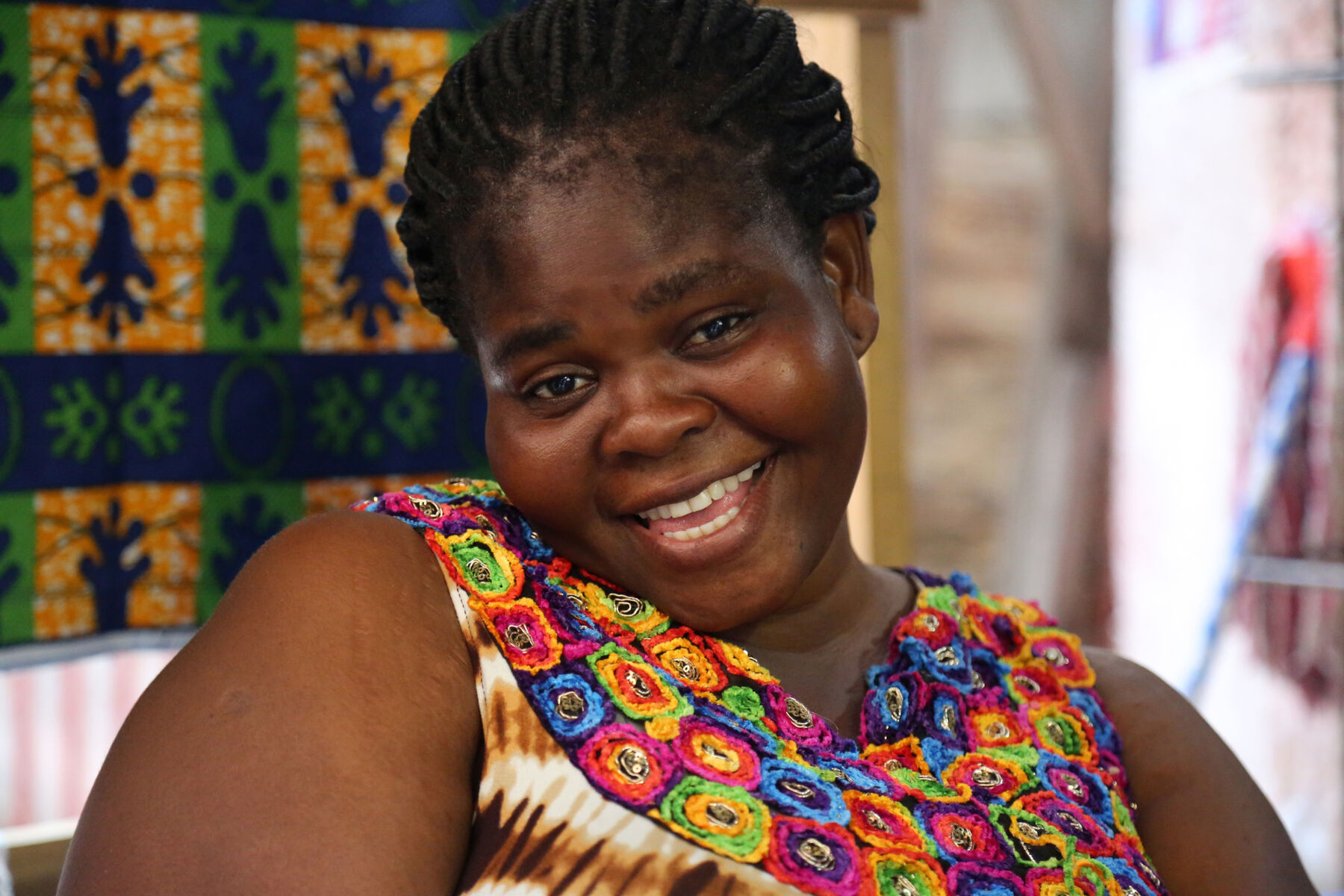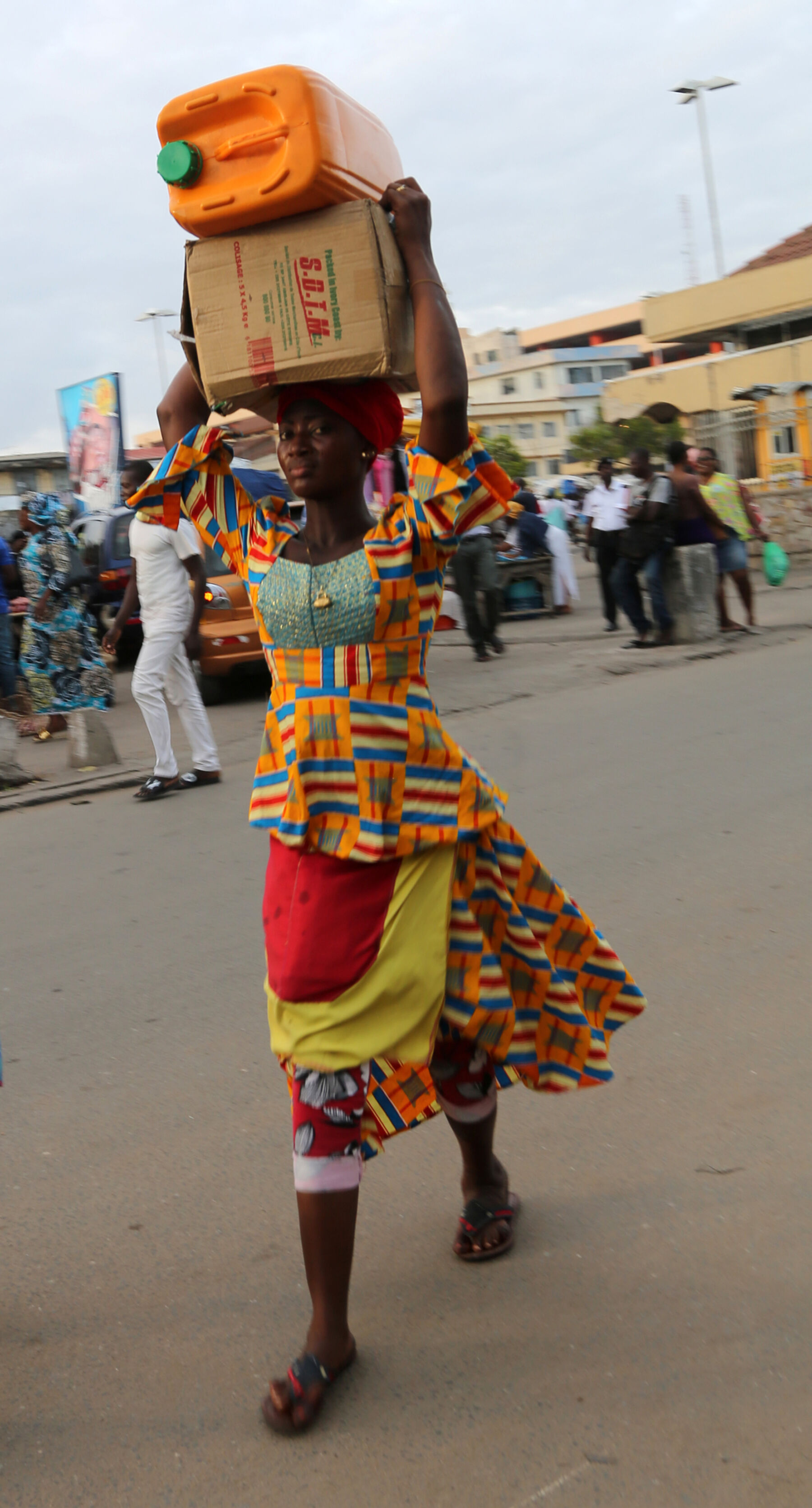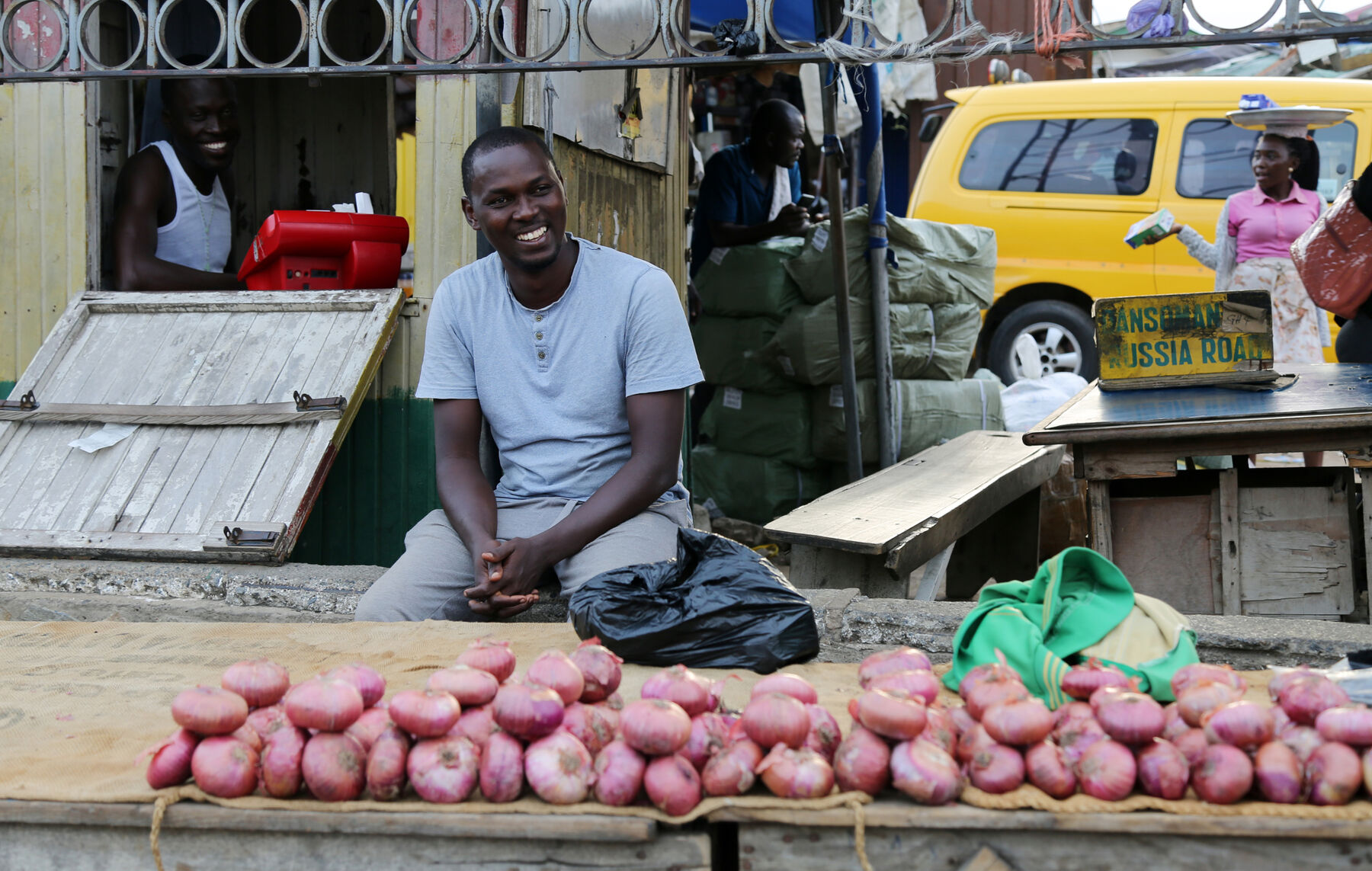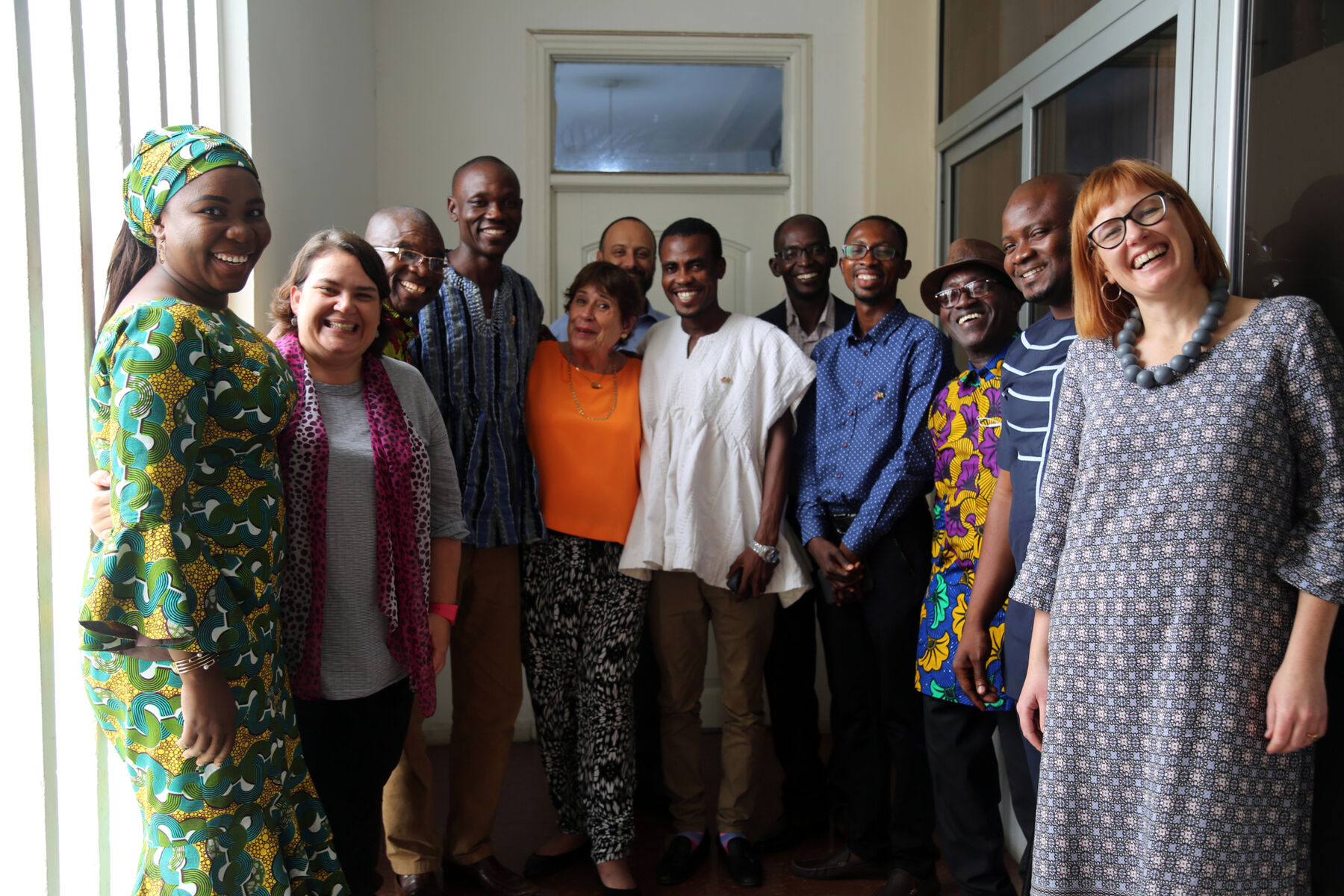Ghana is a fascinating West African country on the lower part of the bulge of Africa. It is known for its ancient heritage, warm climate and friendly people, and for being the first country in Africa to gain its independence after colonialism, which it obtained from Britain in 1957.
It was previously known as the Gold Coast because it is rich in gold; it is also a major producer of cocoa. Ghana is also well known for its brightly coloured fabrics, often inspired by the traditional kente cloth, a silk and cotton fabric made by interweaving cloth strips.
Three members of Flow’s team, Tara Turkington, Carina van Wyk and Kate Turkington, recently went to conduct communications and media training in the capital city, Accra, on behalf of the United States Department of State.
Read Kate’s piece, “Ghana with the wind: Visit these two must-see Ghanaian sites”, featuring Tara’s pictures, for City Press.
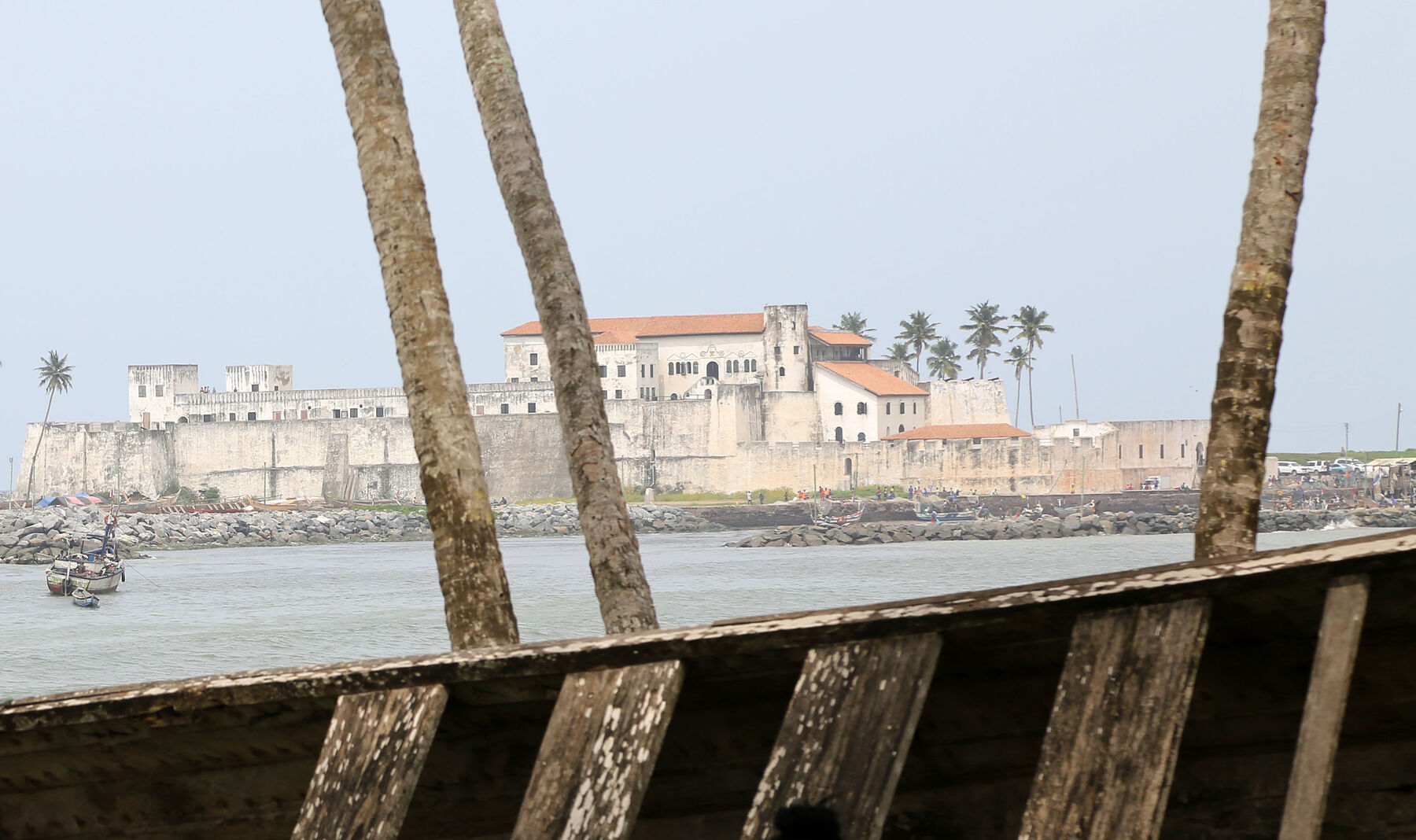
Elmina Castle in Ghana’s Cape Coast region was built by the Portuguese in 1482, and is one of the oldest buildings in sub-Saharan Africa.
Now a World Heritage Site, the Portuguese and then the Dutch imprisoned hundreds of thousands of slaves here before they were shipped to the Americas. It’s a haunting, sad place, and a reminder how cruel humans can be to one another. Slaves were imprisoned in the harshest conditions, and many died here. Slaves who attempted rebellion were thrown into a dungeon that was only opened after the last one had died.
In the room where hundreds of women were kept, there is still an acrid smell of humanity, hundreds of years after the last slaves were here.
Ironically, there’s a church in the centre of the castle.
